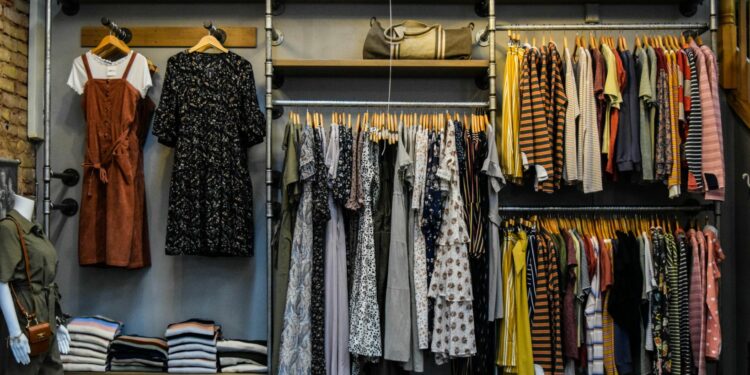Last year statistics show that the fashion retail market size reached $91.25 billion. In this rapidly evolving fashion industry, creativity isn’t cutting it anymore. Strategically planning ahead plays a big role if you want your fashion business to grow sustainably as competition gets more intense.
Whether you’re a new designer looking to make a name out of yourself, or a brand with an already established reputation on the market, the following strategies will help you move around the complicated world of fashion and lead your business towards success.
Harness the Power of Social Media
Social media platforms host around five billion users around the world, making them an essential element in every successful business marketing plan. Platforms like Instagram, Facebook, and TikTok allow businesses and designers to interact with global audiences, showcase designs, and build loyal followings, but to fully leverage their potential you need to create engaging and visually captivating content that connects with your target audience.
Additionally, collaborating with influencers and fashion bloggers can expand your reach significantly. Influencers have a well-established community that trusts them, making them great and valuable partners when promoting your brand. Partner with those whose style aligns with yours, to reach new audiences and bring additional traffic back to your virtual storefront.
Invest in Inventory Management Software
Inventory management is very important for the success and growth of your fashion business. By using high-quality inventory management software, you can streamline supply chains, reduce costs, and enhance customer satisfaction.
This kind of software allows you to monitor the levels of your inventory instantly, preventing stockouts and overstock. This means you’ll always have enough products to meet customer demands, but not too much extra. Additionally, inventory management software gives an understanding of sales patterns and how quickly you’re going through your inventory. This information assists in making data-driven decisions about when to restock or stop supplying certain items.
By optimizing your inventory management, you can improve your cash flow and allocate resources more effectively to support future business growth.
Embrace Sustainable Practices
Statistics show that 55% of US consumers are interested in purchasing sustainable clothing. You can see that sustainability is becoming an increasing trend, and for your business to succeed in the long-term strategy you must incorporate it accordingly.
Adopting sustainable practices in your business not only attracts more customers but will help save the environment at once. Sustainability comes in various forms, from using eco-friendly materials or cutting down waste to upholding fair labor standards along your supply chain.
As part of your eco-friendly endeavors, ensure open dialogue with your audience by communicating and regularly posting online about any eco-friendly strategies you are undertaking.
Focus on Customer Experience
At its core, providing customers with an exceptional shopping experience is key to building brand loyalty and driving repeat business. Every interaction should be seamless and enjoyable- from the initial website visit through post-purchase follow-up.
Start by building an intuitive site featuring easy navigation, high-resolution product images, and detailed descriptions as well as flexible payment methods and seamless checkout processes. All of this adds up to an exceptional shopping experience for all parties involved.
Outstanding customer service is essential for resolving persistent complaints and maintaining satisfaction levels. Implementing an attentive and responsive support system, whether via live chat, email, or phone communication channels, can have a significant impact. Personalized marketing initiatives aimed at making customers feel valued can increase customer retention as they’ll feel appreciated and are more likely to return.
Leverage Data Analytics
Data analytics can give your fashion business invaluable insight, and enable you to confidently make strategic decisions. By analyzing data gathered from various sources—sales reports, customer feedback forms, and website analytics, data analysts can quickly spot trends among your reports or surveys to gain customer preferences and optimize marketing initiatives accordingly.
Data analytics can be an invaluable asset when it comes to understanding which products and services are performing well and which need improvement, tracking the success of marketing campaigns and revising strategies accordingly, or understanding customer behavior to create targeted messages designed to maximize conversion and customer retention.
Bottom Line
Growing your fashion business requires a holistic, creative, yet strategic approach that balances creativity and strategic planning. Leveraging the strategies mentioned in this article will position your brand on the right path to long-term success.
They will not only help navigate through challenges in fashion but will lay down strong foundations for sustainable growth and innovation. Remain flexible and customer-centric while continuously exploring avenues to strengthen and develop your fashion company!
















